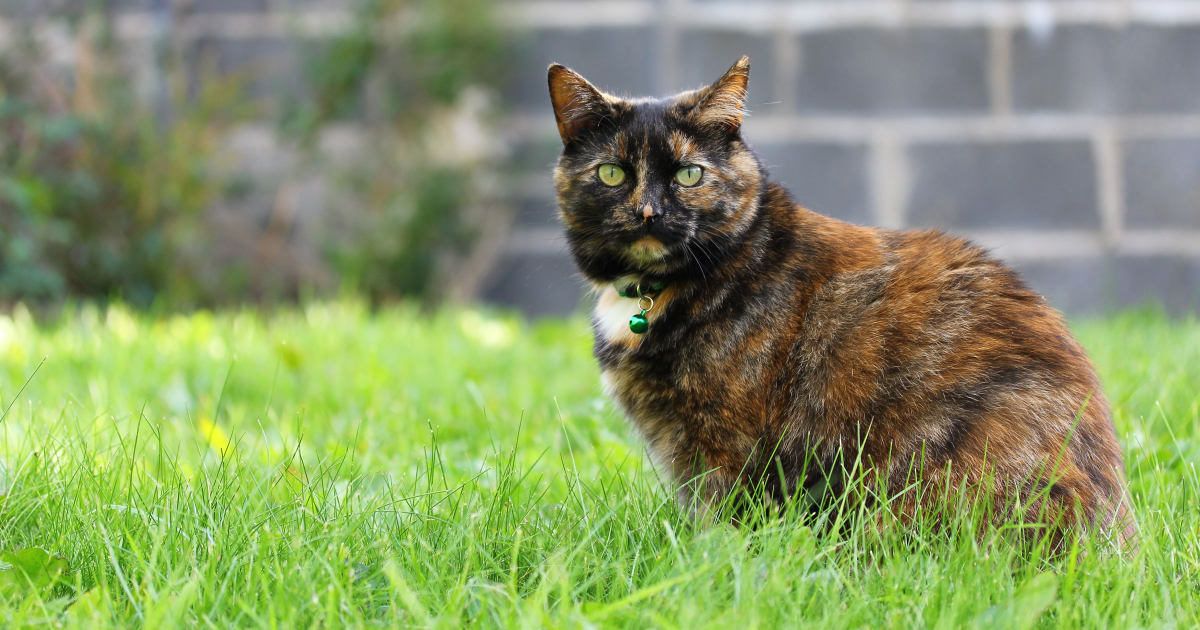HEALTH & WELLNESS

VOTING BOOTH

TRENDING

LIONS FOUNDATION OF CANADA DOG GUIDES
Lions Foundation of Canada Dog Guides and its founding program, Canine Vision Canada, was established in 1983. It’s the largest school of its kind in Canada with its training school in Oakville and breeding facility in Breslau.
DIABETES MELLITUS IN CATS

Diabetes mellitus (DM) affects between 0.2% – 1% of cats in the general population. DM is a condition of high blood sugar (hyperglycemia) resulting from either a decrease in the production of insulin (Type I) or an impaired response to insulin (Type II).
Just like in humans, the cells in a cat’s body need sugar in the form of glucose for energy. However, the glucose in the blood requires insulin, a hormone produced by the pancreas, to enable entry into cells. When a cat develops DM, glucose cannot enter the cells; therefore, muscles and organs do not get the fuel needed to function, and blood glucose levels remain abnormally high.
WHAT PUTS CATS AT RISK OF DM?
Cats that suffer from obesity and lack of physical activity are at high risk of DM. Other risks include advanced age, male gender, neutering, and glucocorticoid (steroid) therapy.
WHAT CLINICAL SIGNS DO WE SEE IN DIABETIC CATS?
• Weight loss despite increased appetite
• Excessive thirst and urination
• Dehydration
• Walking or standing in a plantigrade posture (“down in the hocks”)
HOW IS DM DIAGNOSED IN CATS?
Diabetes is diagnosed by the presence of clinical signs as well as high glucose concentrations in the blood and urine. If your cat is anxious at veterinary visits (“stress hyperglycemia”), your veterinarian may also measure fructosamine, a marker of chronic DM that is not affected by stress like glucose is.
HOW IS DIABETES TREATED IN CATS?
The main treatment of DM is insulin. Your veterinary team will teach you how to inject the insulin; with time and experience, both you and your cat will adapt to these injections very well.
Your veterinarian will monitor your cat’s response to treatment by performing blood glucose curves and measuring fructosamine periodically.
Your veterinarian may also recommend a veterinary diet restricted in carbohydrates, which has been shown to improve control of blood glucose levels. If your cat is overweight, your veterinarian may first institute a weight loss program; managed weight loss in overweight diabetic cats will likely help the cat maintain steadier glucose levels.
WHAT IS THE PROGNOSIS?
While there is no cure for feline DM, this disease can be managed fairly well when you work with your veterinary healthcare team. Cats with well- controlled diabetes can live many years of high quality life.
Related Articles








